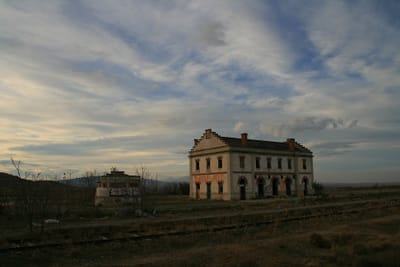Basque


The Basque Country is the name given to the home of the Basque people. Located in the western Pyrenees, straddling the border between France and Spain on the coast of the Bay of Biscay. Euskal Herria is the oldest documented Basque name for the area they inhabit, dating from the 16th century.
Northern Basque Country
The Northern Basque Country, known in Basque as Iparralde (literally, "the northern part") is the part of the Basque Country that lies entirely within France, specifically as part of the Pyrénées-Atlantiques département of France, and as such it is also usually known as French Basque Country (Pays basque français in French). In most contemporary sources it covers the arrondissement of Bayonne and the cantons of Mauléon-Licharre and Tardets-Sorholus, but sources disagree on the status of the village of Esquiule. Within these conventions, the area of Northern Basque Country (including the 29 square kilometres (11 square miles) of Esquiule) is 2,995 square kilometres (1,156 square miles).
The French Basque Country is traditionally subdivided into three provinces:
- Labourd, historical capital Ustaritz, main settlement today Bayonne
- Lower Navarre, historical capitals Saint-Jean-Pied-de-Port and Saint-Palais, main settlement today Saint-Jean-Pied-de-Port
- Soule, historical capital Mauléon (also current main settlement)
Southern Basque Country
The Southern Basque Country, known in Basque as Hegoalde (literally, "the southern part") is the part of the Basque region that lies completely within Spain, and as such it is frequently also known as Spanish Basque Country (País Vasco español in Spanish). It is the largest and most populated part of the Basque Country. It includes two main regions: the Basque Autonomous Community (Vitoria-Gasteiz as capital) and the Chartered Community of Navarre (capital city Pamplona).
The Basque Autonomous Community (7,234 km²) consists of three provinces, specifically designated "historical territories":
- Álava (capital: Vitoria-Gasteiz)
- Biscay (capital: Bilbao)
- Gipuzkoa (capital: Donostia-San Sebastián)
In addition to those, two enclaves located outside of the respective autonomous community are often cited as being part of both the Basque Autonomous Community and also the Basque Country (greater region):
- The Treviño enclave (280 km²), a Castilian enclave in Álava
- Valle de Villaverde (20 km²), a Cantabrian exclave in Biscay
- Navarre also holds two small administrative strips in Aragon, organised as Petilla de Aragón.